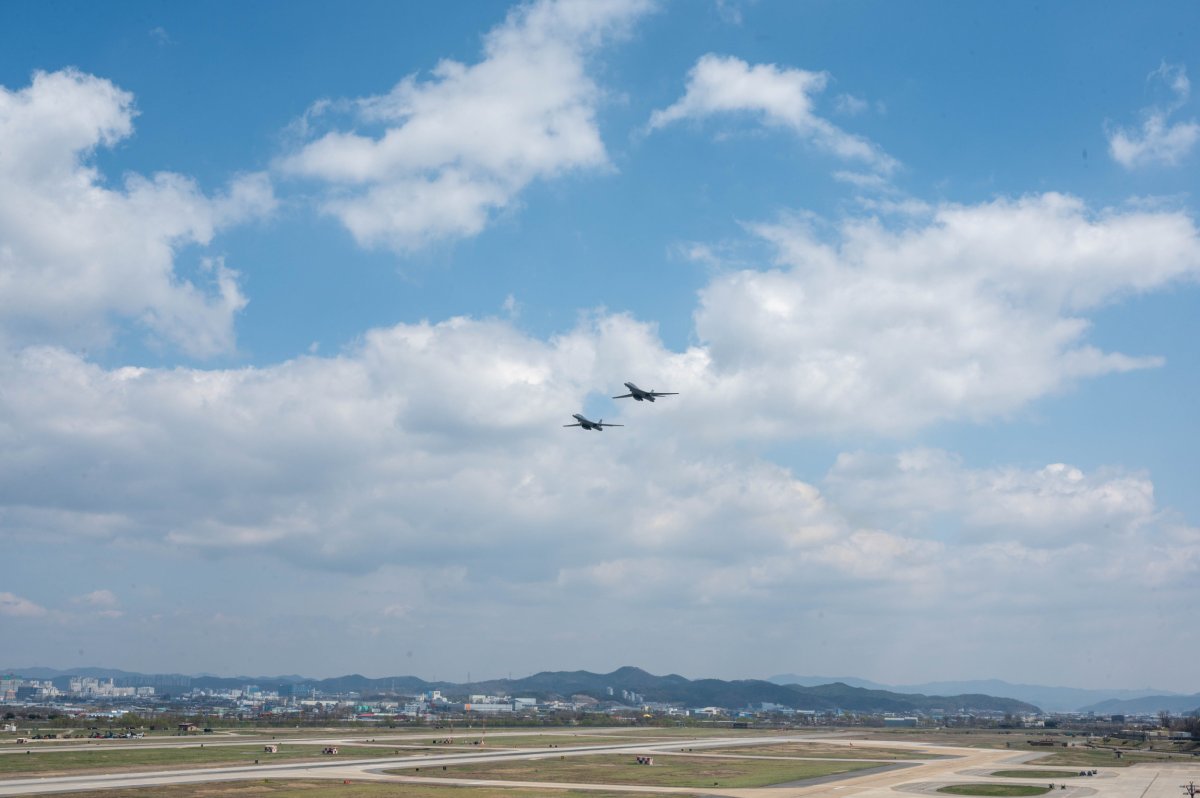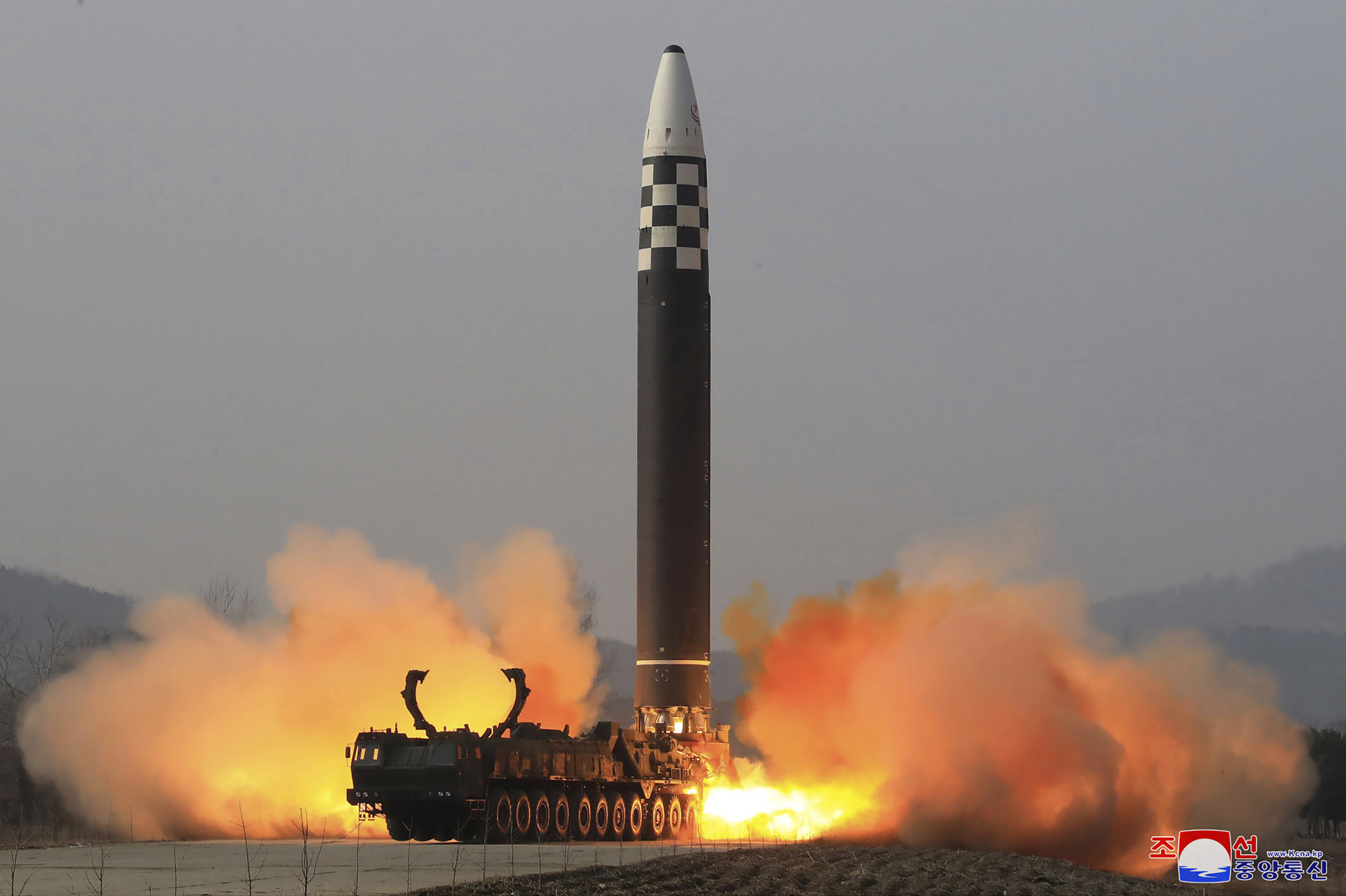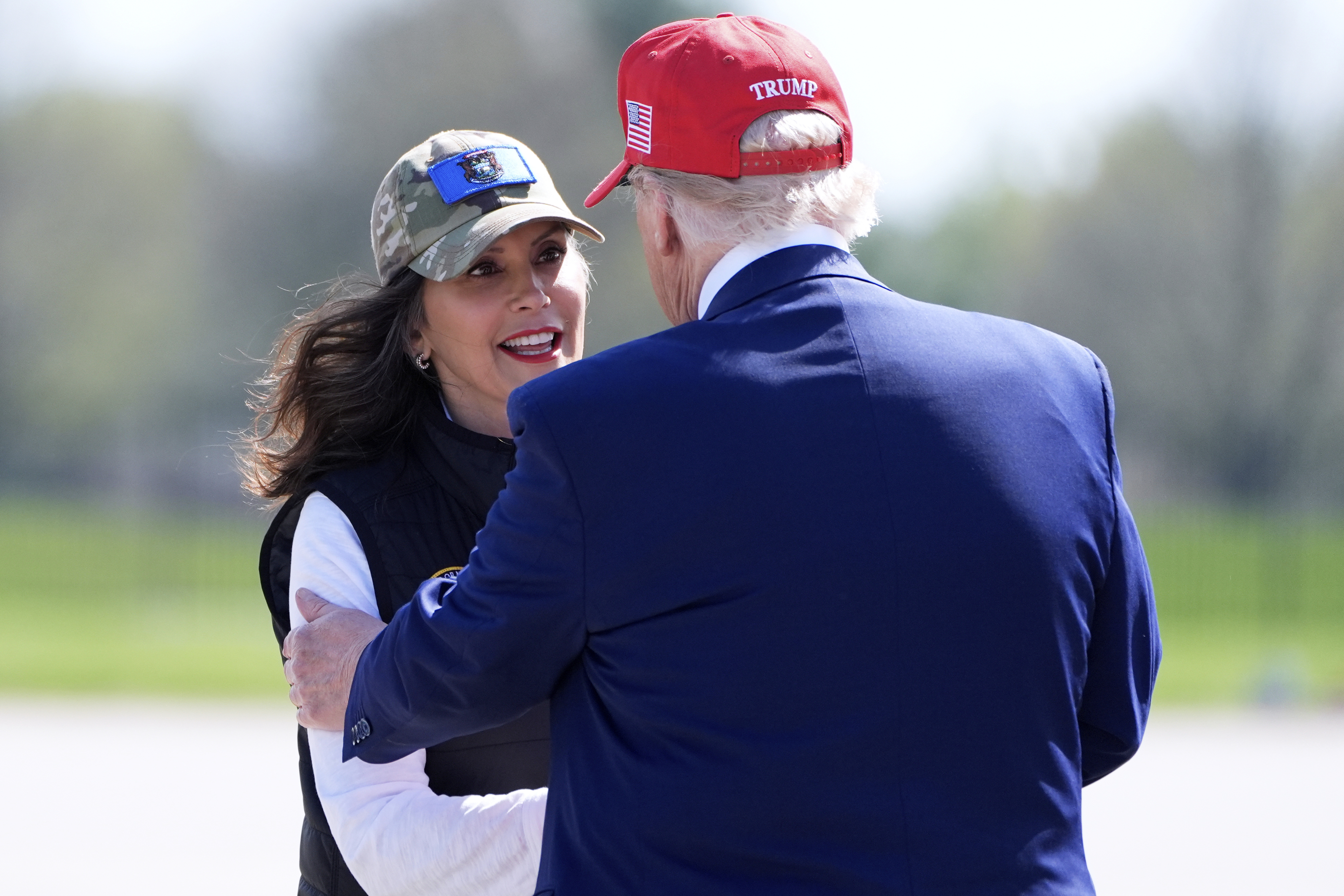🎙️ Voice is AI-generated. Inconsistencies may occur.
U.S. President Donald Trump sent a new warning to North Korea as two American supersonic bombers staged a show of force during a training over South Korea on Tuesday.
Newsweek has contacted the North Korean Embassy in China for comment by email.
Why It Matters
North Korea, one of nine countries armed with nuclear weapons, had its first nuclear test in 2006 and is estimated to possess 50 warheads. Its leader, Kim Jong Un, has vowed to expand Pyongyang's nuclear arsenal, which is central to his quest for regime legitimacy.
Trump, who held three talks with Kim during his first term, continues to pursue the goal of complete denuclearization of North Korea. The U.S. military and its ally South Korea—officially the Republic of Korea—continue running exercises, which North Korea describes as "war rehearsals."
What To Know
According to the U.S. Seventh Air Force, which is headquartered in South Korea, a pair of B-1B bombers participated in a combined training in airspace over western South Korea with two American F-16 fighter jets and two South Korean F-35A stealth fighter aircraft.
The bomber, also known as the Lancer, has the largest payload of conventional weapons in the U.S. Air Force inventory, carrying up to 75,000 pounds of bombs and missiles. It has an intercontinental flight range and can travel at Mach 1.2, faster than the speed of sound.
The Lancer, which has not been equipped for nuclear strike missions since 2007, is capable of rapidly delivering "massive quantities of precision and non-precision weapons against any adversary, anywhere in the world, at any time," the U.S. Air Force said in a fact sheet.

The bombers and fighter aircraft engaged in offensive and defensive counter air training to refine combined tactics, techniques and procedures, the U.S. Seventh Air Force added. The bombers executed a low pass over Osan Air Base before leaving the South Korean airspace.
The South Korean Defense Ministry said the allies demonstrated their capabilities to respond to what it called North Korea's "advancing nuclear and missile threats." Pyongyang's ballistic missiles are capable of putting both South Korea and the U.S. mainland within their ranges.
This marked the second bomber drill between the U.S. and South Korea this year. Two B-1B bombers were sent to South Korea on February 20 to validate the ability to carry out strikes.
Kim Yo Jong, the influential sister of Kim Jong Un, has previously criticized the U.S. for deploying military assets around the Korean Peninsula, saying such moves offer sufficient justification for her country to "indefinitely bolster" its nuclear war deterrent.

What People Are Saying
The U.S. Seventh Air Force said: "Regular training with strategic assets like long-range bombers and fifth-generation fighters enables Seventh Air Force to maintain its strong, combined readiness posture with the Republic of Korea Air Force and demonstrates its continued ironclad commitment to the ROK-U.S. Alliance."
The South Korean Defense Ministry said: "In order to deter and respond to North Korea's threats, South Korea and the U.S. will continue to expand combined exercises and strengthen the level of cooperation of the South Korea-U.S. alliance."
What Happens Next
It remains to be seen whether North Korea will respond to the American bomber training. The U.S. may send the aircraft carrier USS Nimitz, which has been operating in the western Pacific Ocean since last week, to South Korea for exercises.
fairness meter
About the writer
Ryan Chan is a Newsweek reporter based in Hong Kong, where he previously had over a decade of experience at ... Read more




